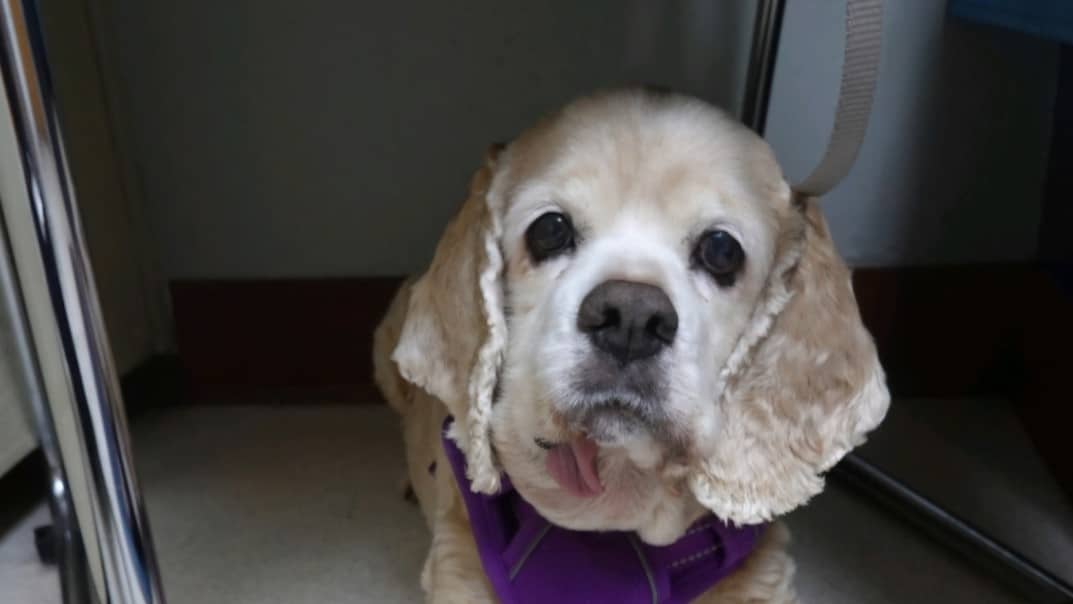Our Services

What to Expect

Routine Dental Cleaning
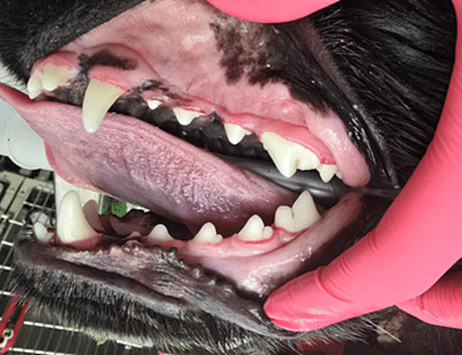
Intraoral Dental Radiographs
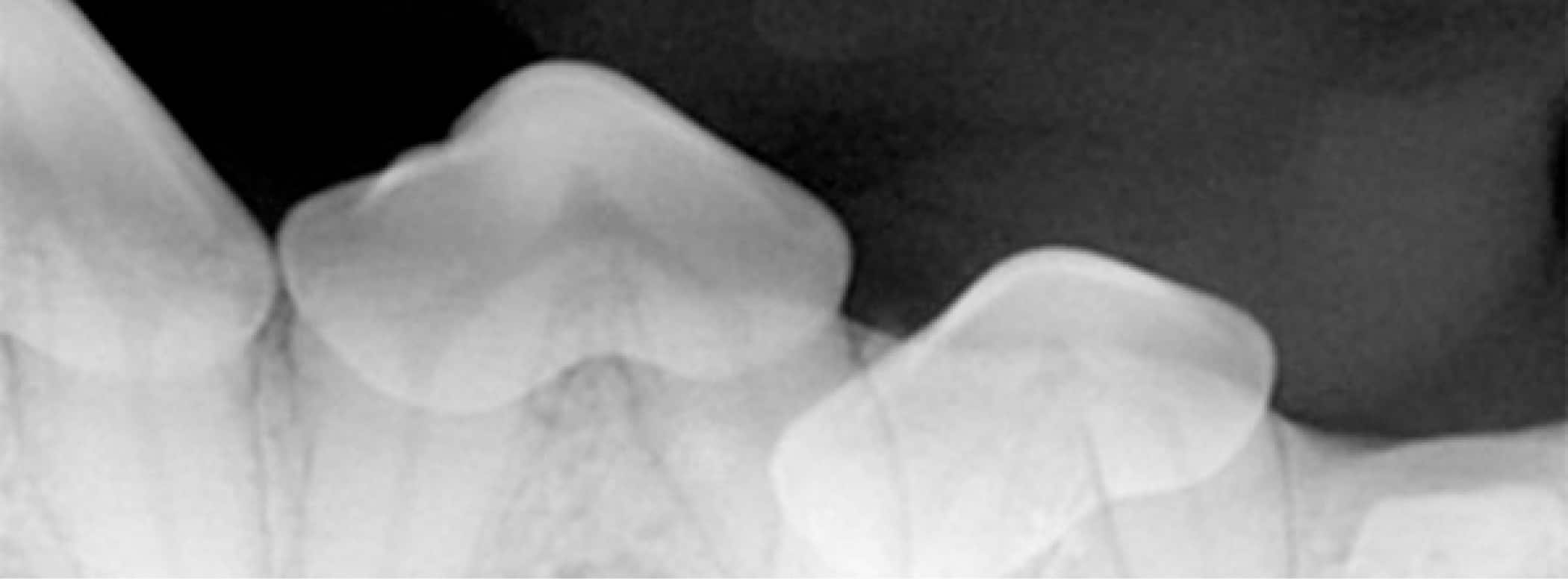
Intraoral dental radiology, or x-ray, is vital and essential for diagnosis, treatment, planning, and follow-up evaluation. Without quality radiographs, treating your pet’s oral issues would only be done with guessing. Dental radiographs are the standard and starting point for all oral care.
Anesthesia
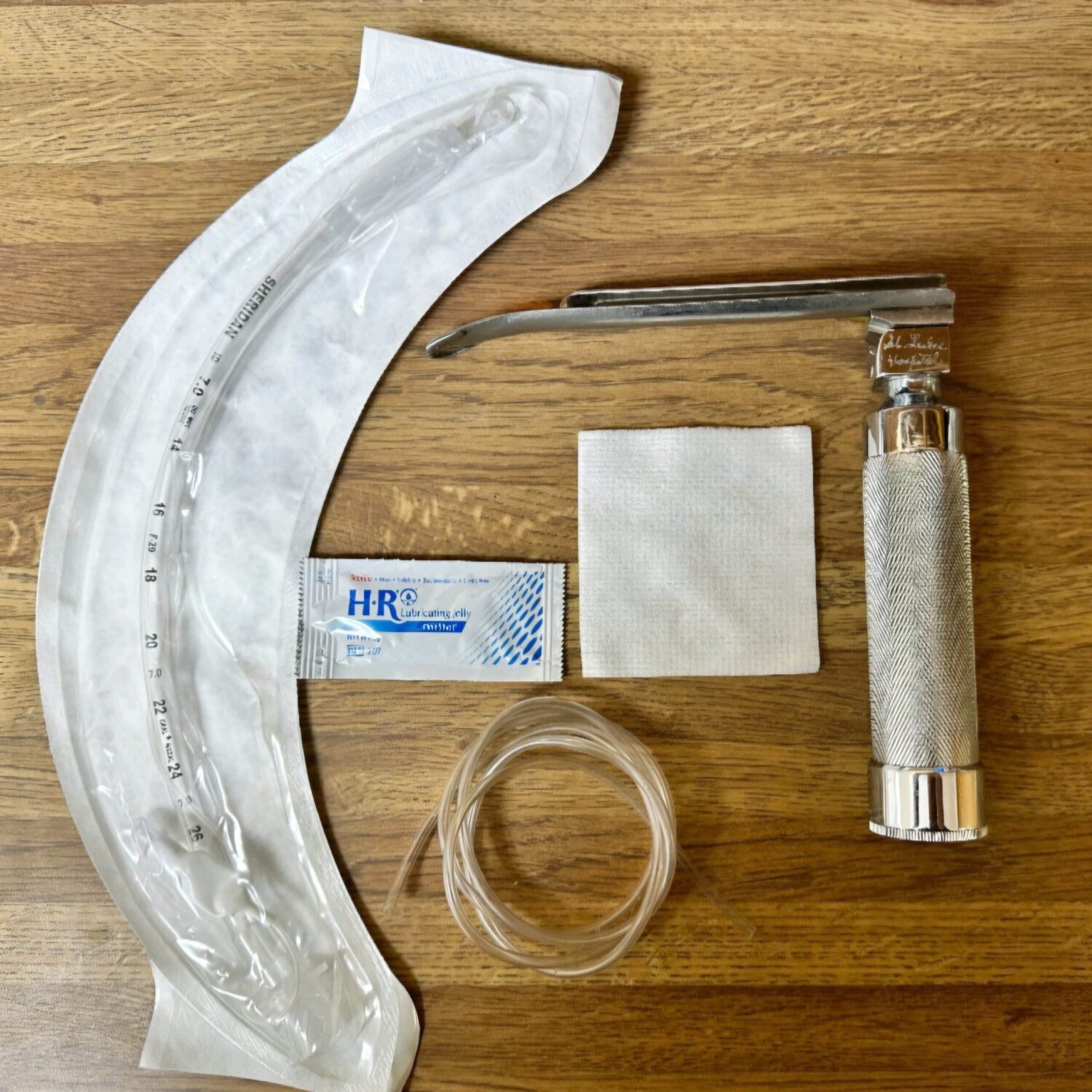
Fear of general anesthesia for pets is a natural concern voiced by many owners when a veterinary dental procedure is recommended. However, the risk of chronic oral infection to your dog or cat, is far greater than the risk of an anesthetic complication.
Periodontics

Periodontal disease is one of the most common diseases in our canine and feline friends. Periodontal disease begins when bacteria form a substance called plaque which sticks to the surface of the teeth.
Juvenile Gingivitis and Periodontitis
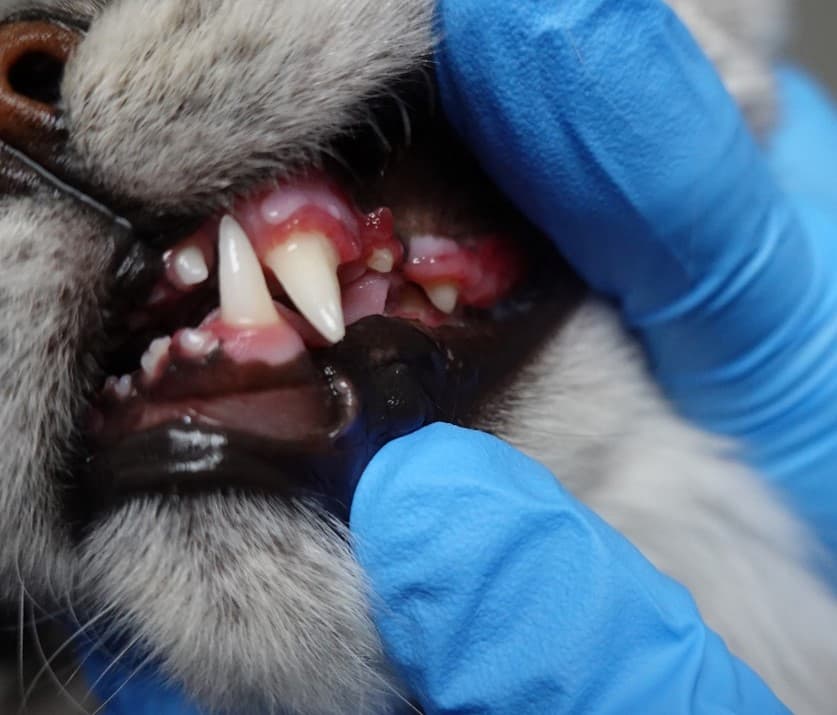
Numerous oral inflammatory conditions may affect our feline patients. Young cats may suffer from several inflammatory conditions, including juvenile gingivitis, hyperplastic gingivitis and juvenile periodontitis—these may well be different stages or presentations of the same disease process.
Advanced Oral Surgery
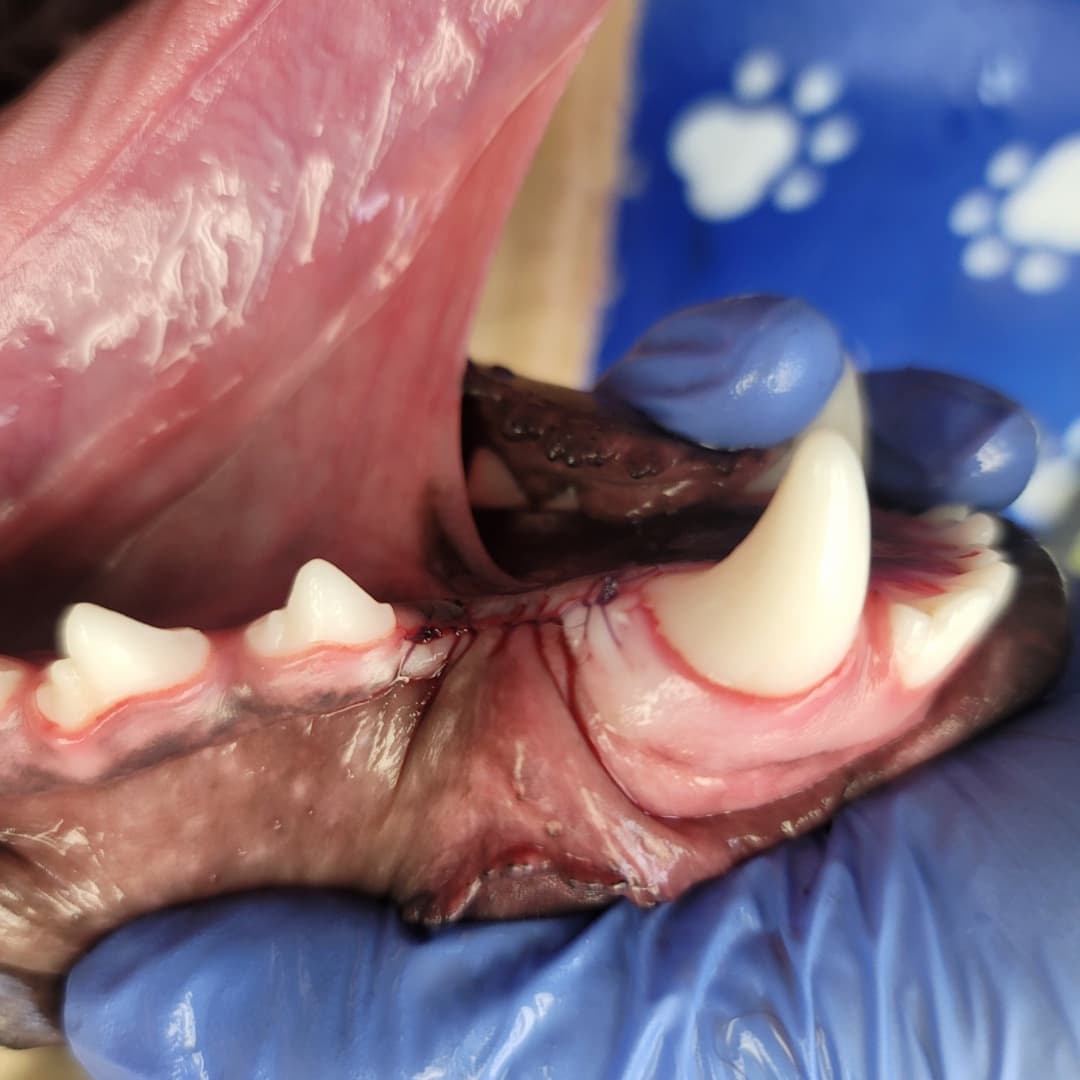
We provide comprehensive care for your pet’s oral health. We can provide your pets with oral health wellness checks, cleanings, polishings, fillings, tooth repair, extractions, and oral surgery.
Treating Gingival Enlargement in Dogs and Cats
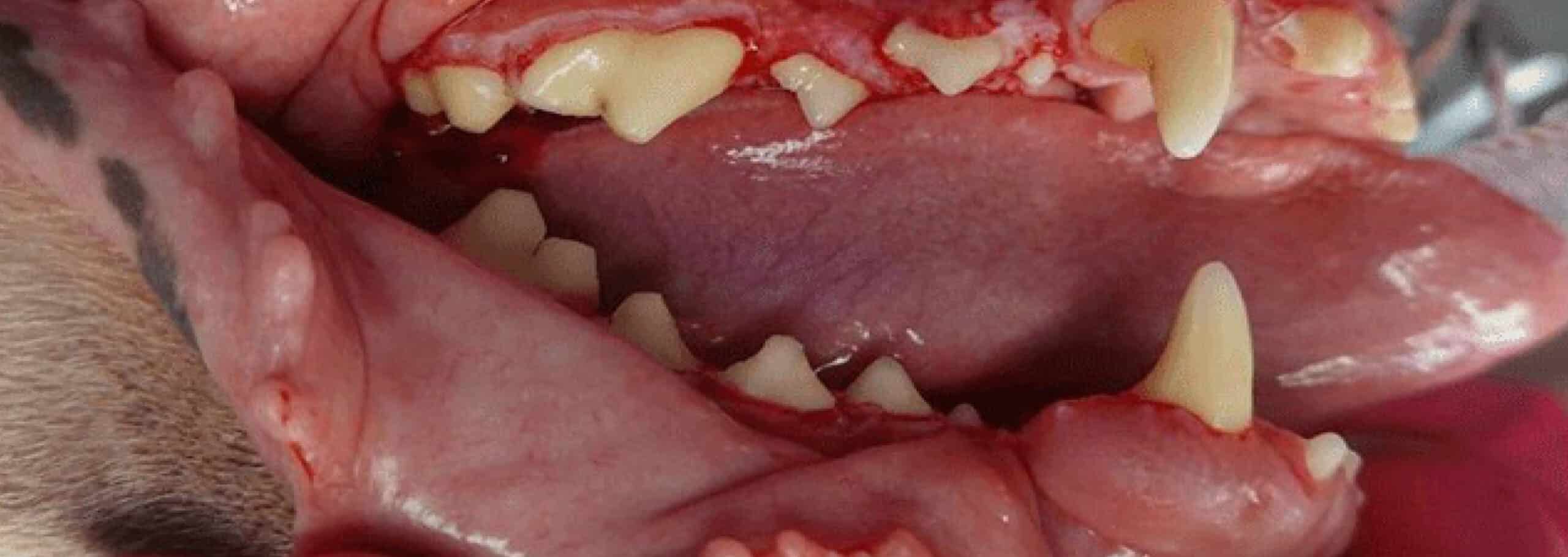
Gingival Hyperplasia is a diagnosis based on histopathology. Gingival enlargement is the diagnosis based on clinical observation prior to histopathology.
Pet Oral Tumors and Cancer
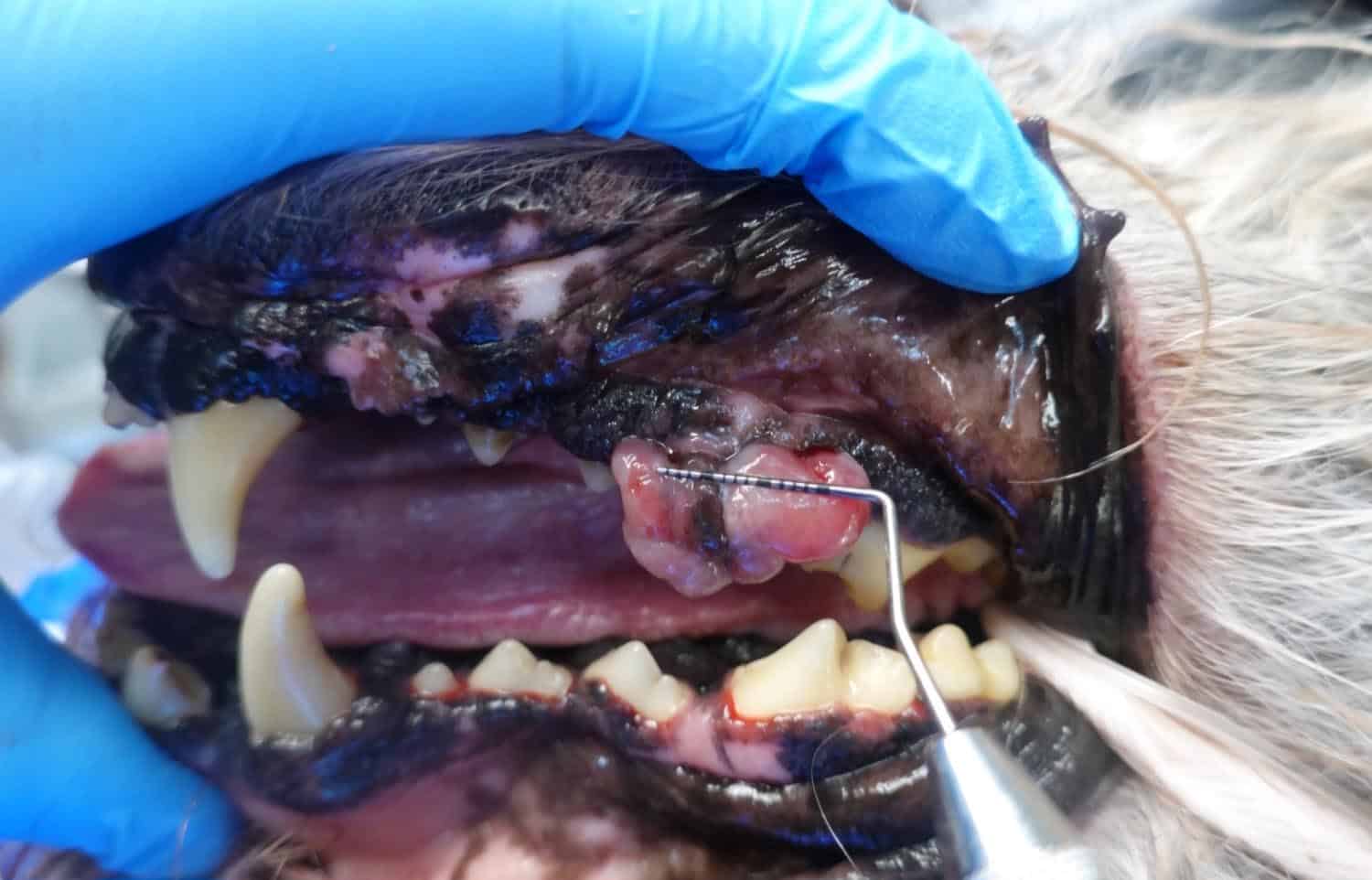
It is important to diagnose tumors as early as possible. Frequent inspection of the mouth is critical to monitor and detect changes or abnormalities. This can be done by daily tooth brushing to reduce plaque and calculus and aid in maintaining healthy gingiva.
Jaw Fractures & Oral Trauma
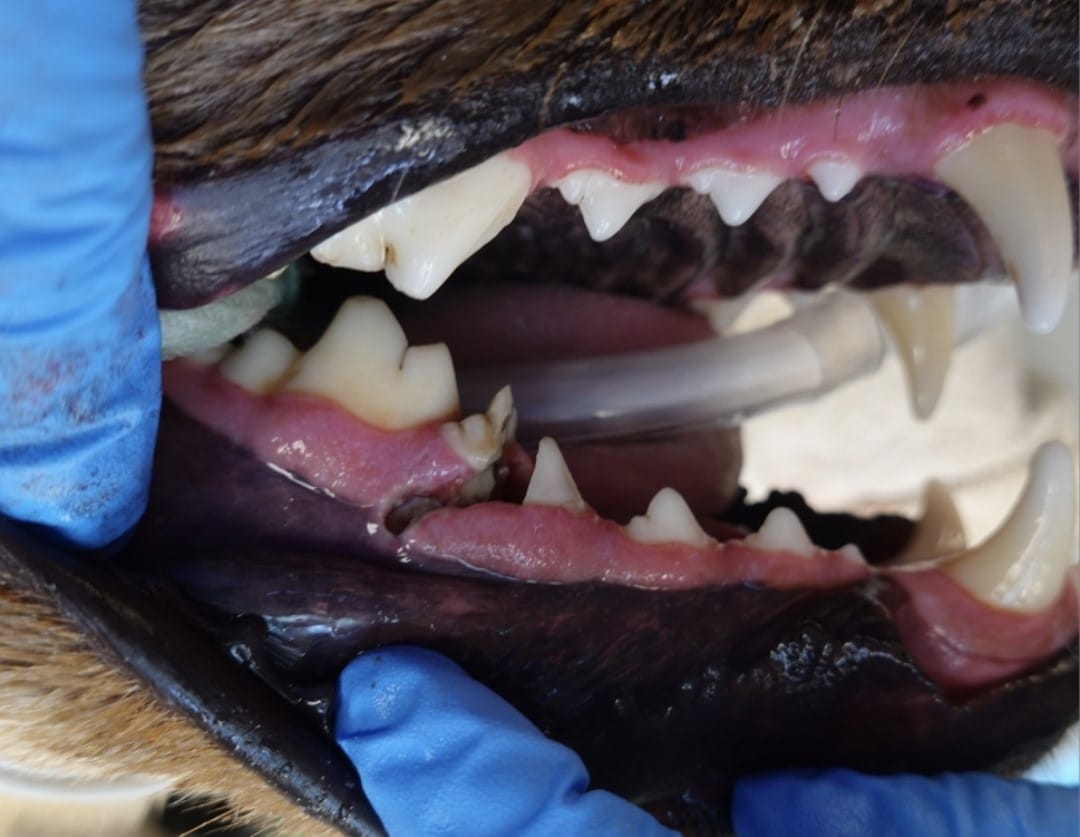
Jaw fractures are typically seen in pets with trauma (such as being hit by a car, animal bites, or in relation to periodontal disease). We will perform a thorough workup of your pet’s issues including full mouth dental radiographs to assess the dentition and location of the fracture.
Oronasal Fistulas
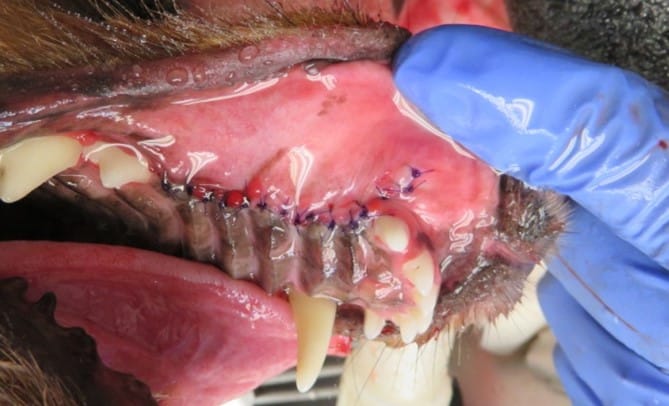
An oronasal fistula is an abnormal opening between a pet’s mouth and nasal cavity, often caused by periodontal disease, improper tooth extraction, or trauma from malocclusions. This condition requires surgical treatment to prevent chronic irritation, nasal discharge, and other complications, with follow-up care essential for proper healing.
Endodontics (Root Canal Therapy)
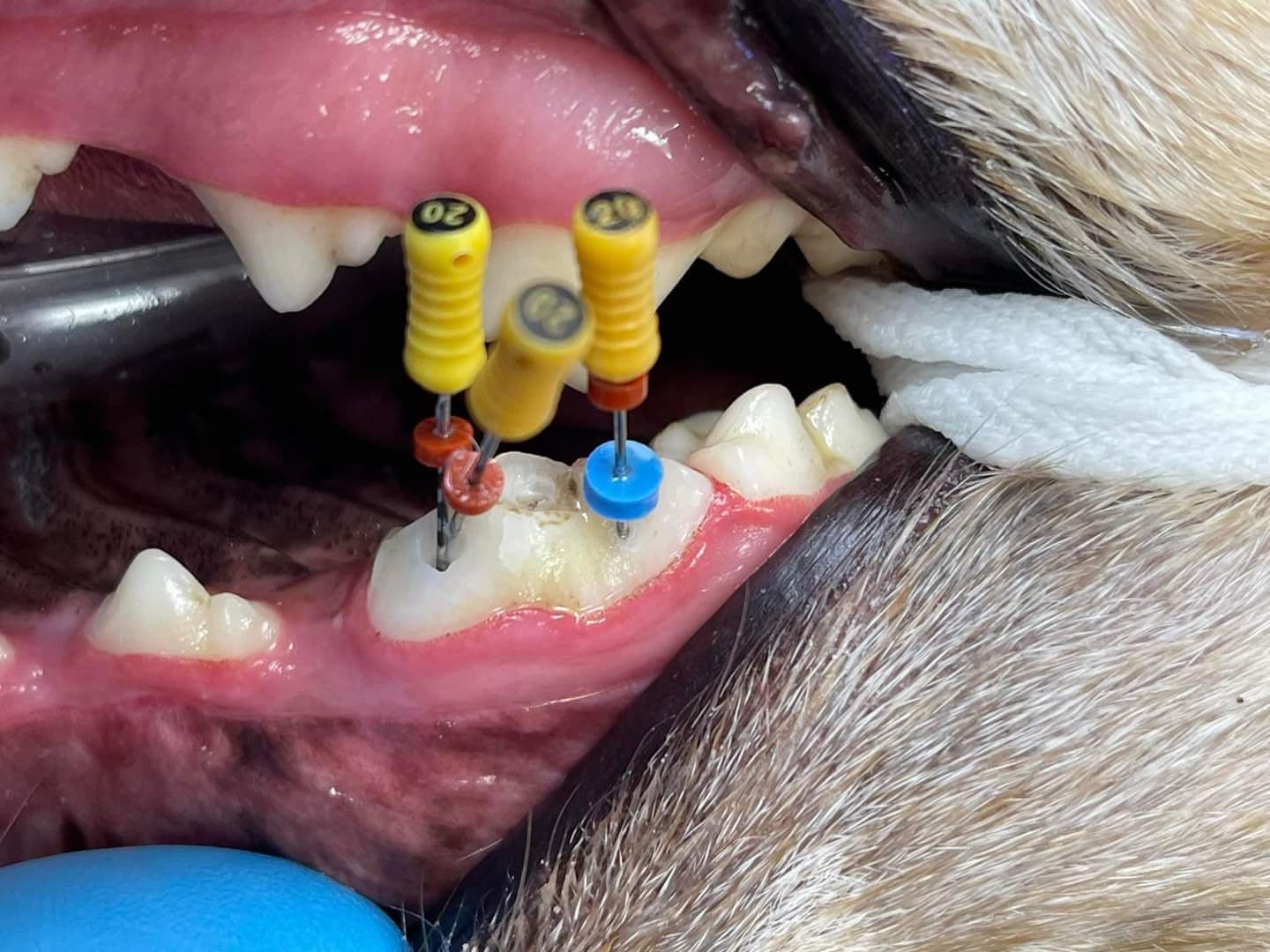
When possible for specific strategic teeth, we recommend endodontic therapy (aka root canals). This is to allow our patients to have a functional mouth free of pain and discomfort.
Discolored Tooth
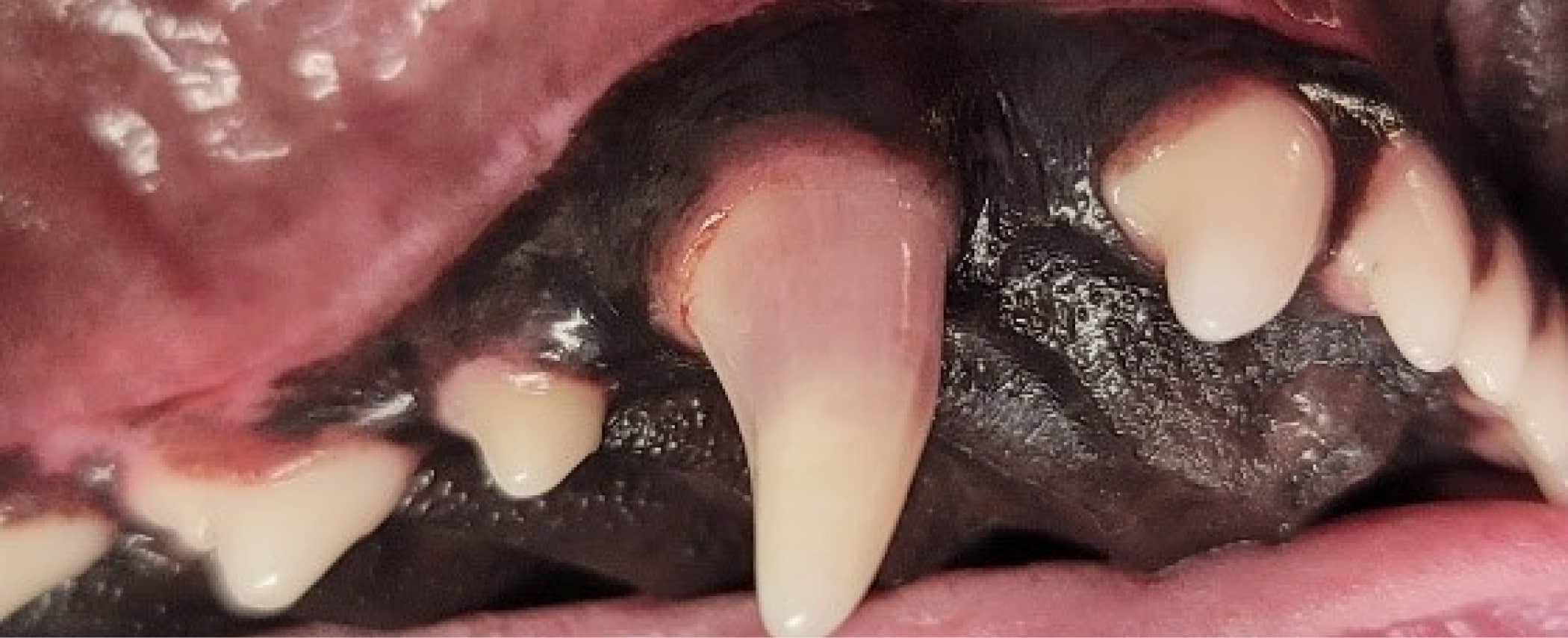
It has been published recently that 87.6% of discolored teeth are histologically non-vital (i.e. dead). A previous study prior to this which did not include pathology found 92.2% of discolored teeth non-vital. Therefore, with the knowledge from these important papers it is recommended that discolored teeth should not be ignored.
Dental Caries
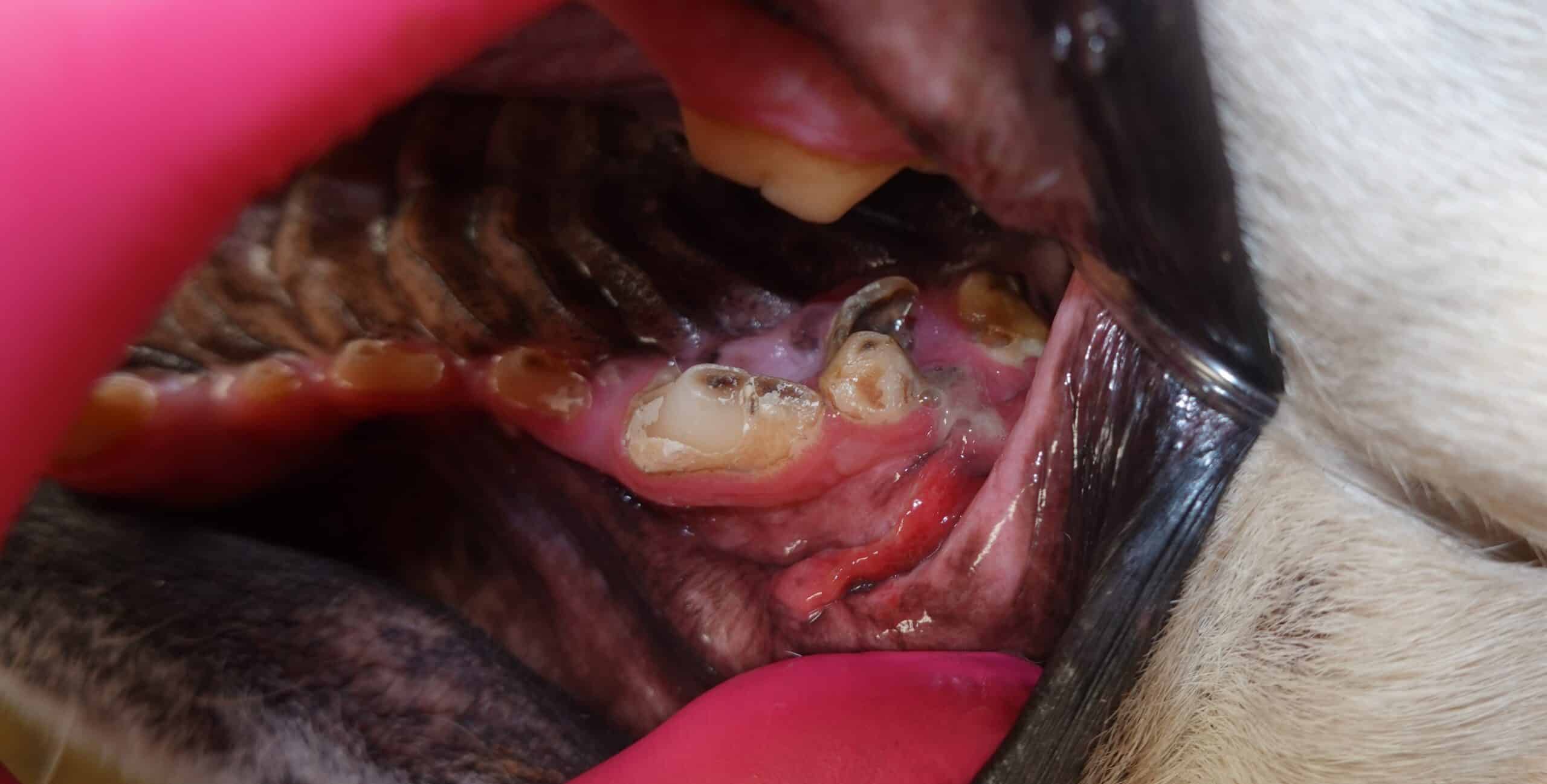
Dental caries are uncommon in dogs and cats. According to one study, the incidence of cavities in dogs is 5.25%
Crowns and Restoratives

Crowns and restorative procedures are dental treatments used to protect and repair damaged teeth in pets. Crowns, typically made of titanium alloy, are placed over the tooth to provide strength and prevent further damage after procedures like root canals. Restorative treatments involve sealing damaged enamel or dentin with composite materials to protect the tooth from wear, infection, and fractures. These procedures help ensure long-term oral health and functionality for pets.
Malocclusion
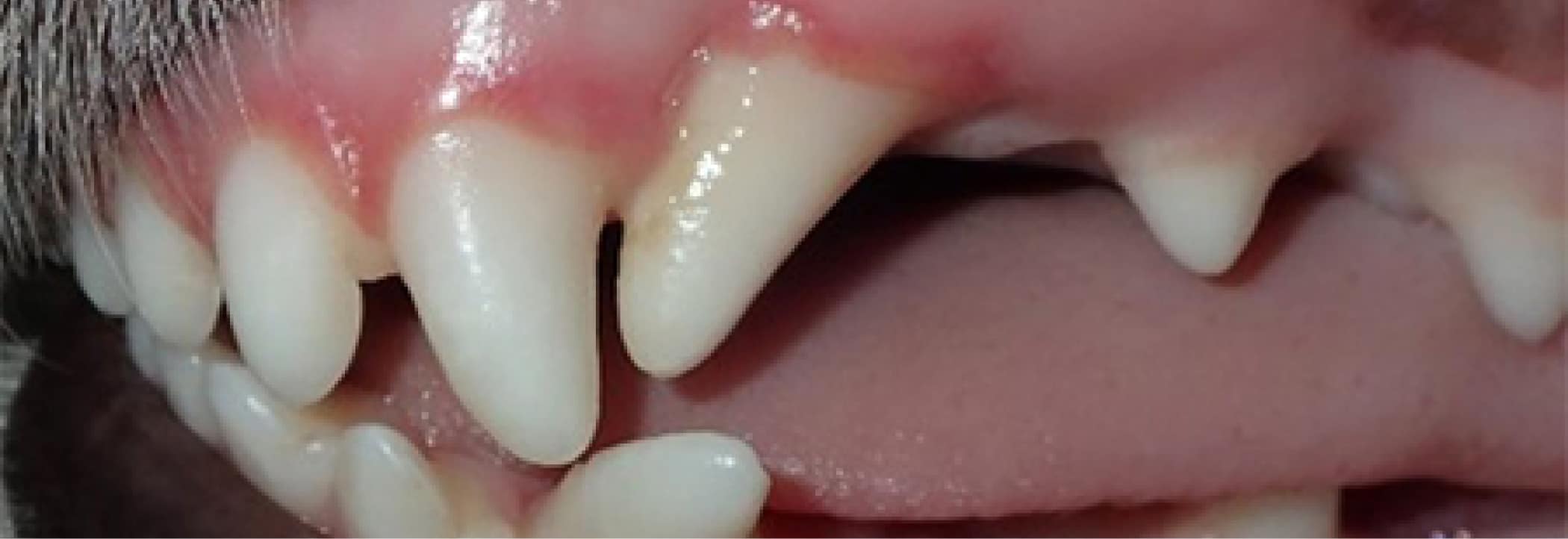
Orthodontics
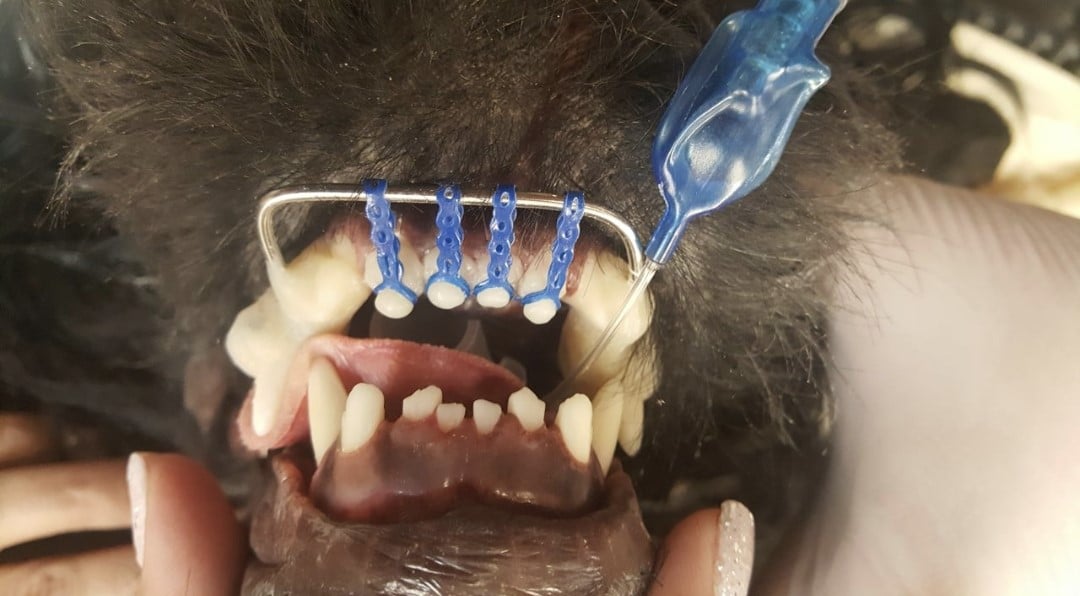
Orthodontics is typically recommended for patients who have malocclusions. Malocclusions are misalignment of the normal jaw.
Feline Dental Disease

Feline dental disease is a common condition in cats that includes issues like tooth resorption and stomatitis. Tooth resorption occurs when the body starts breaking down the teeth, often leading to pain and infection, and requires extraction to relieve discomfort. Stomatitis is a severe inflammation of the gums and mouth, usually treated with full mouth extractions to manage the condition. Regular dental check-ups are essential for early detection and treatment.
Home Dental Care for Your Pet
